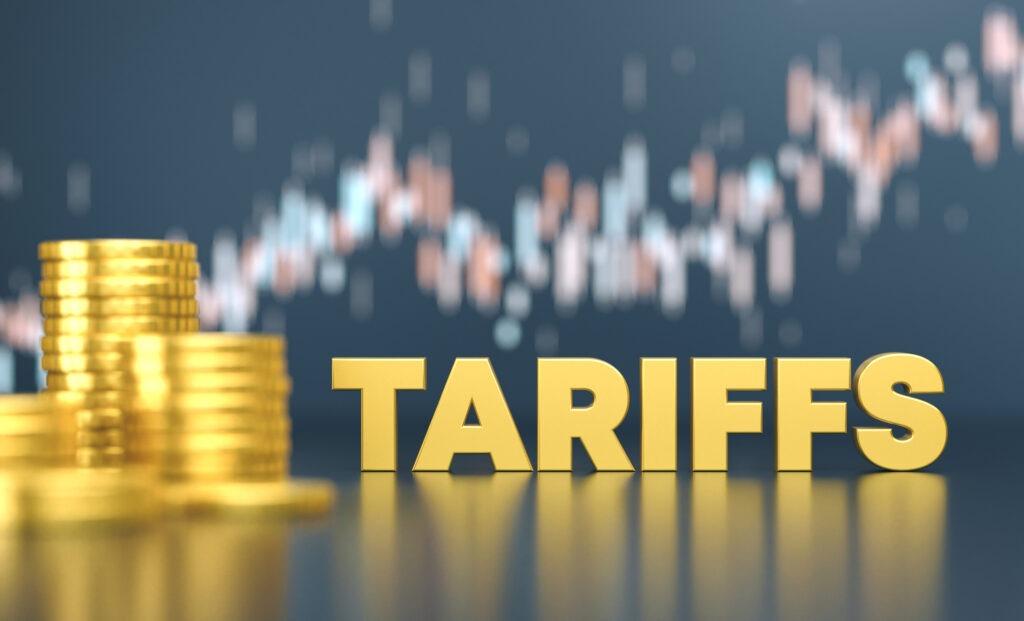As trade tensions continue to shape global economics, tariffs remain a contentious topic in the United States. Recent surveys reveal a complex and often divided American perspective on tariffs, reflecting broader debates over protectionism, economic growth, and international relations. In this article, The Economist explores how different segments of the American public perceive tariffs, the factors influencing their opinions, and what this means for policymakers navigating an increasingly polarized landscape.
Americans Show Growing Concerns Over Tariff Impact on Everyday Goods
Recent surveys indicate a palpable increase in anxiety among American consumers regarding the ripple effects of tariffs on their daily expenses. Many report noticing higher prices on essential items like groceries, electronics, and household goods. This growing apprehension is not merely economic but also psychological, as families feel the pinch in their budgets and adjust their spending habits accordingly. The sentiment is summed up by one respondent who remarked, “Every time I shop, I wonder if I’m paying more because of these trade policies.”
Key areas where tariffs are felt the hardest include:
- Food products, especially imported fruits and vegetables
- Consumer electronics, ranging from smartphones to televisions
- Automobile parts, impacting repair and maintenance costs
| Product Category | Price Increase (%) | Consumer Concern Level |
|---|---|---|
| Fresh Produce | 8% | High |
| Electronics | 12% | Medium |
| Automotive Parts | 10% | High |
Trade Experts Analyze Economic Consequences of Persistent Tariff Policies
Experts in international trade warn that sustained tariff impositions distort market dynamics, leading to unintended consequences for both consumers and businesses. Industries reliant on imported materials face increased production costs, which eventually trickle down to American households as higher prices. While tariffs aim to protect domestic employment, economists emphasize that prolonged use can incite retaliatory measures, disrupting global supply chains and raising uncertainty among investors.
Key points highlighted by specialists include:
- Inflationary pressures: Tariffs contribute to rising consumer prices, squeezing buying power.
- Trade partner retaliation: A cycle of counter-tariffs impairs export competitiveness.
- Market inefficiencies: Protectionism can reduce innovation incentives in sheltered sectors.
| Sector | Tariff Impact | Projected Outcome |
|---|---|---|
| Manufacturing | High input costs | Reduced profit margins |
| Agriculture | Exports decline | Market share losses abroad |
| Retail | Increased prices | Lower consumer demand |
Policymakers Urged to Balance Protectionism with Market Stability for Sustainable Growth
In recent discussions surrounding tariffs, experts emphasize the need for a nuanced approach that protects domestic industries without disrupting overall market equilibrium. While protectionist policies can shield local businesses from foreign competition, overly aggressive measures risk provoking retaliatory tariffs, increasing consumer costs, and unsettling supply chains. It is crucial for policymakers to consider the broader economic ripple effects, striking a balance that fosters innovation and competitiveness alongside safeguarding jobs.
Key considerations include:
- Encouraging strategic industries without stifling global trade relationships.
- Mitigating inflationary pressures that tariffs can impose on everyday goods.
- Maintaining transparent communication to ensure public support and market predictability.
| Factor | Positive Impact | Potential Risk |
|---|---|---|
| Domestic Job Protection | Preserves employment in key sectors | Possible trade wars reducing exports |
| Market Stability | Ensures steady investment climate | Higher consumer prices |
| Global Trade Relations | Promotes economic cooperation | Retaliatory tariffs and reduced market access |
Key Takeaways
As debates over trade policy continue to shape the national discourse, understanding American attitudes toward tariffs offers crucial insight into the evolving landscape of economic priorities. While opinions remain divided, the conversation underscores a broader quest to balance protectionism with the benefits of global commerce. The Economist will continue to monitor how these perspectives influence future policy decisions and their impact on both consumers and industries nationwide.
